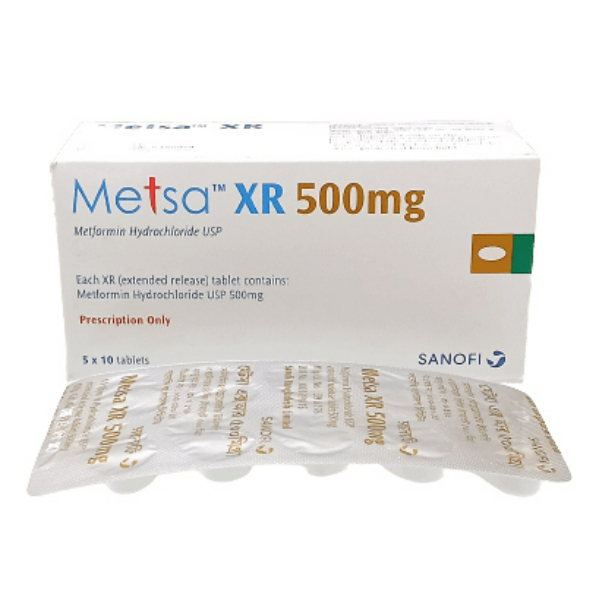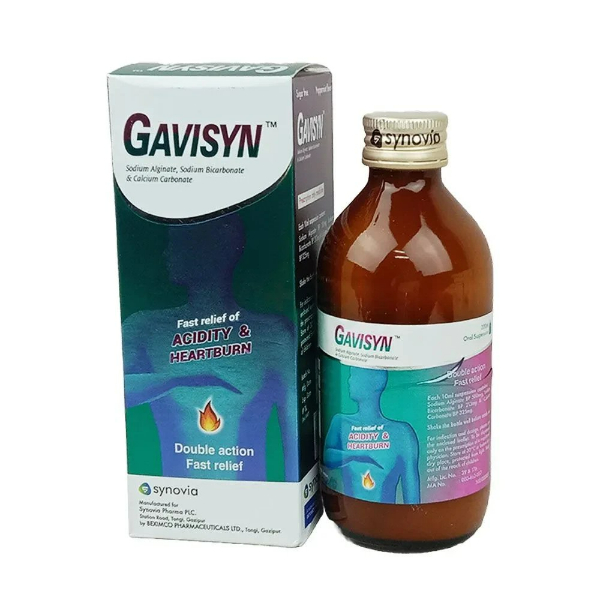Description
• রেজিস্টার্ড চিকিৎসকের পরামর্শ মোতাবেক ঔষধ সেবন করুন
Indications:
-
Type 2 diabetes mellitus (non-insulin dependent diabetes)
-
Used with diet and exercise to maintain proper blood glucose control
-
Suitable for patients who fail to control their blood sugar through diet and exercise alone
-
Helps in reducing high blood sugar and preventing complications associated with diabetes
Pharmacology:
Glimepiride, the active ingredient in Amaryl, belongs to the sulfonylurea class of drugs. It works by stimulating the pancreas to release more insulin, thereby lowering blood glucose levels. Additionally, it increases the body’s sensitivity to insulin, helping tissues use glucose more effectively. This dual mechanism makes it effective in managing blood sugar levels in people with type 2 diabetes.
Dosage & Administration:
-
The starting dose is usually 1-2 mg per day, taken with breakfast or the first main meal of the day.
-
The dose may be increased gradually by a healthcare provider depending on the patient's blood sugar levels.
-
The maximum dose is generally 8 mg per day.
-
The medication should be taken as prescribed and blood glucose should be monitored regularly.
Interaction:
-
Increased Effect: Medications such as other antidiabetic drugs, alcohol, or drugs affecting liver enzymes may enhance the blood-sugar-lowering effects.
-
Decreased Effect: Certain drugs like corticosteroids, diuretics, or beta-blockers can reduce Amaryl’s effectiveness.
-
Always inform your healthcare provider about all other medications you are taking.
Contraindications:
-
Hypersensitivity to glimepiride or any components of the medication
-
Type 1 diabetes (insulin-dependent)
-
Diabetic ketoacidosis
-
Severe liver or kidney dysfunction
-
Pregnancy and breastfeeding (unless specifically directed by a doctor)
Side Effects:
-
Most common side effects include:
-
Hypoglycemia (low blood sugar)
-
Dizziness, headache
-
Nausea, vomiting
-
Weight gain
-
-
Rare side effects may include:
-
Skin rashes or allergic reactions
-
Liver issues (indicated by jaundice)
-
Blood disorders (e.g., anemia)
-
Pregnancy & Lactation:
-
Pregnancy: Amaryl should only be used during pregnancy if absolutely necessary. Insulin is usually preferred for managing diabetes during pregnancy.
-
Lactation: Use with caution during breastfeeding. If the medication is necessary, consult your healthcare provider as it can pass into breast milk.
Therapeutic Class:
Oral Hypoglycemic Agents, Sulfonylureas
Storage Conditions:
-
Store at room temperature (15°C to 30°C).
-
Keep away from direct sunlight, heat, and moisture.
-
Keep out of the reach of children.




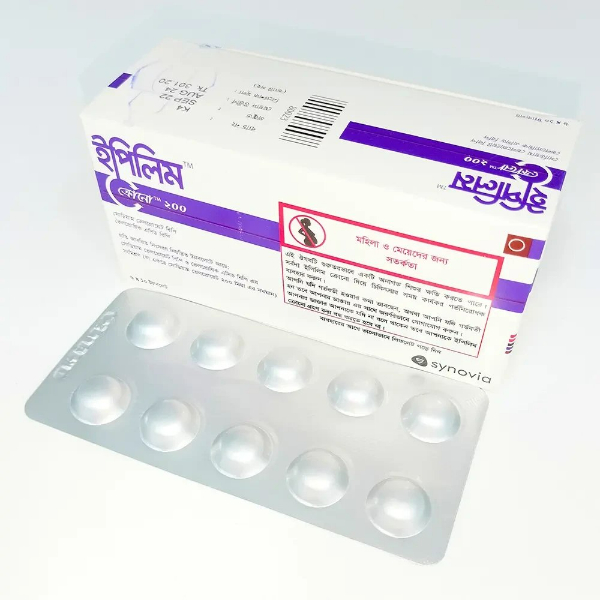



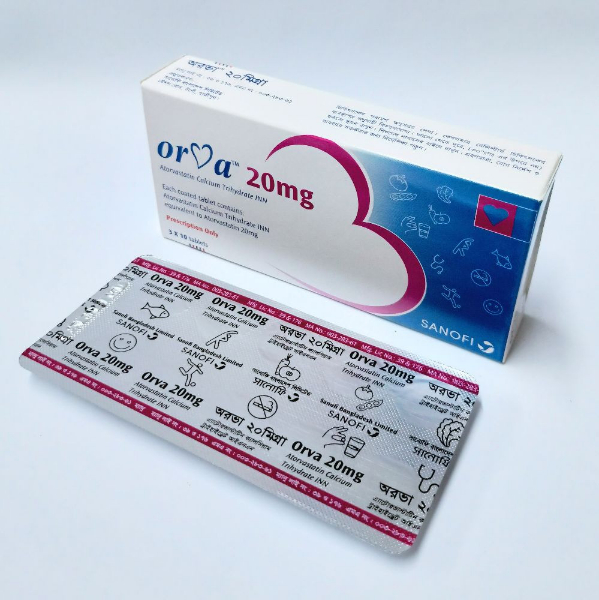

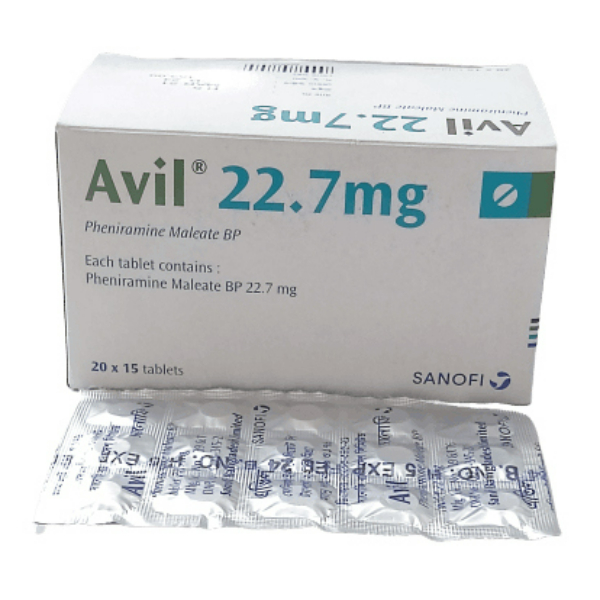



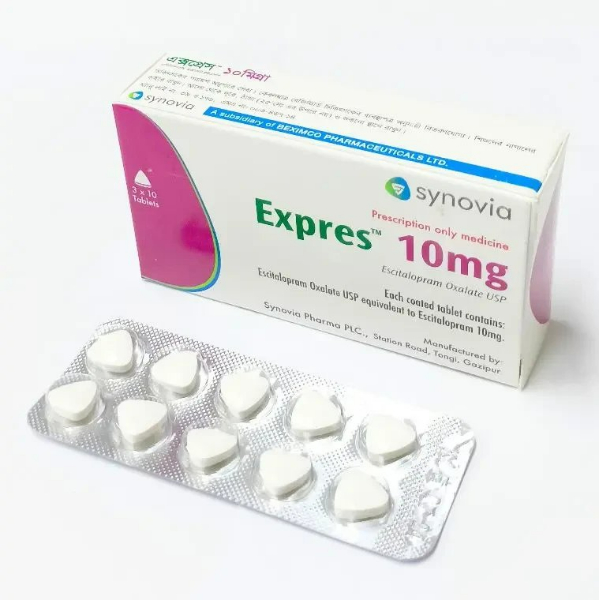


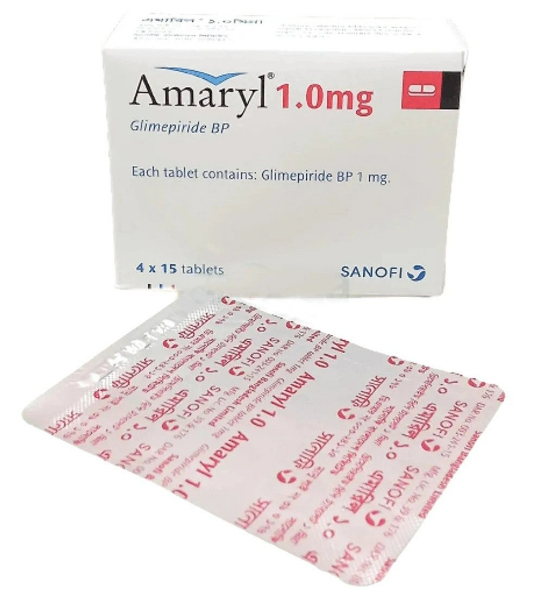

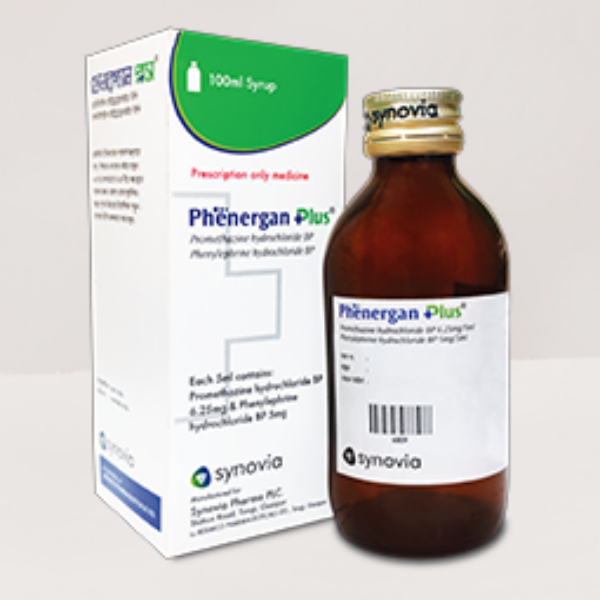









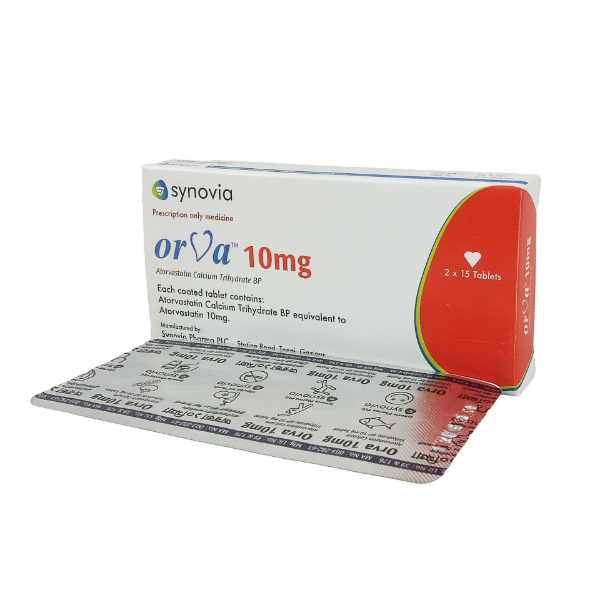

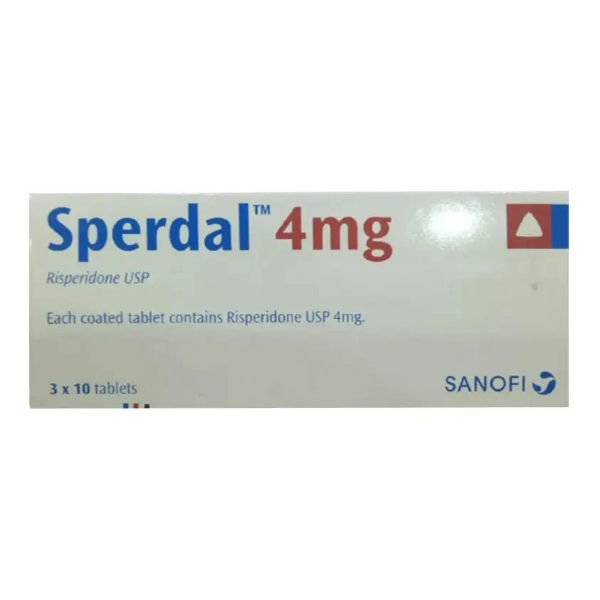

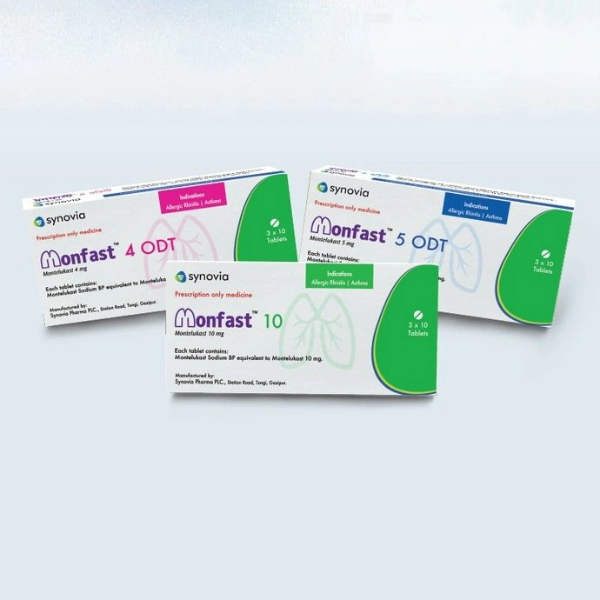
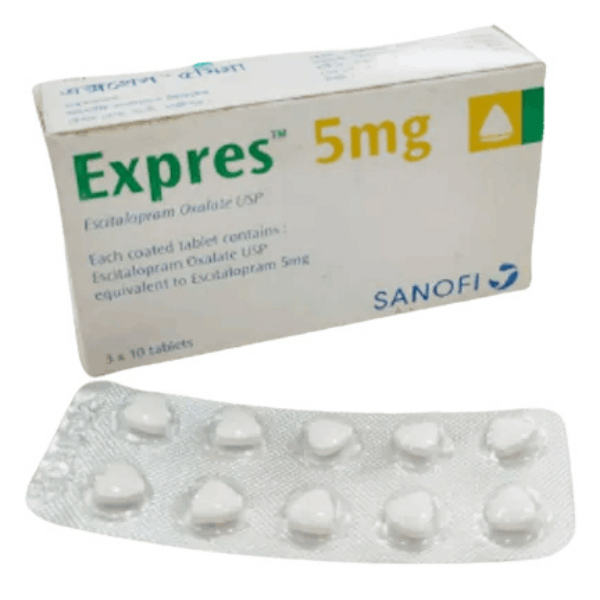




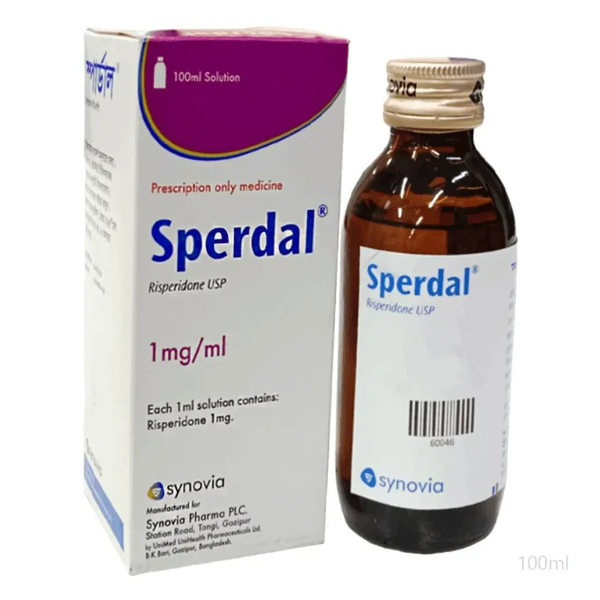

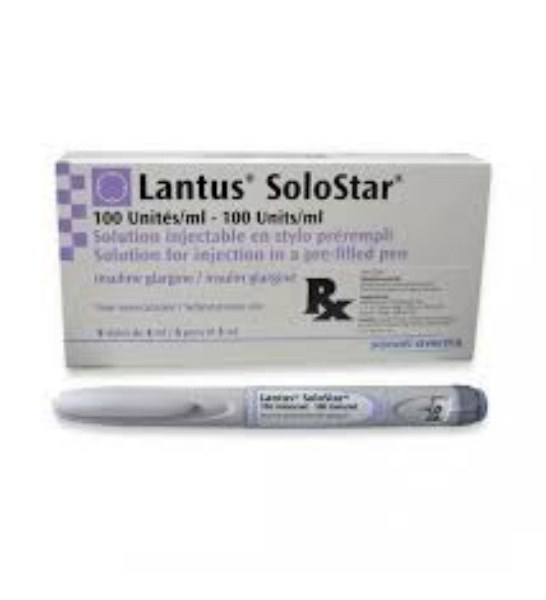
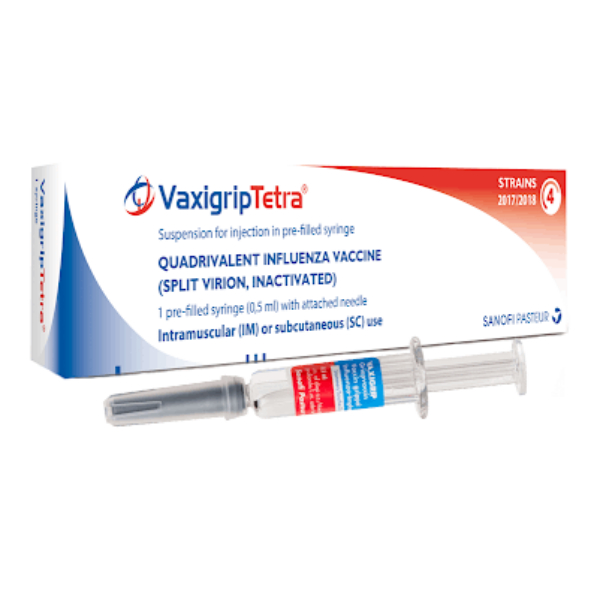


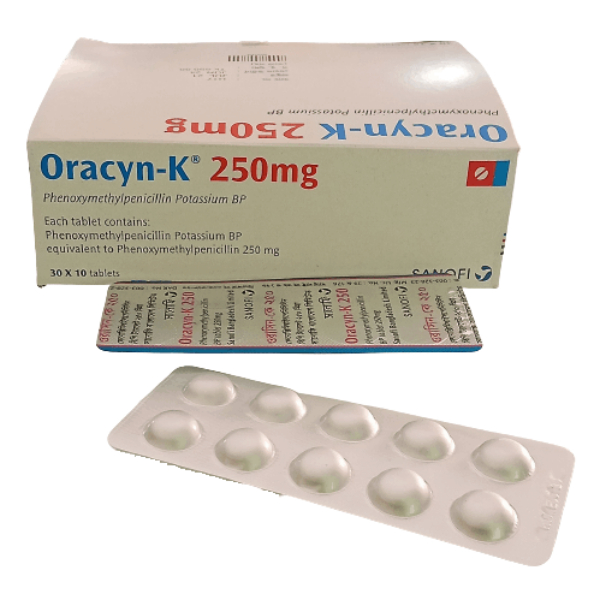




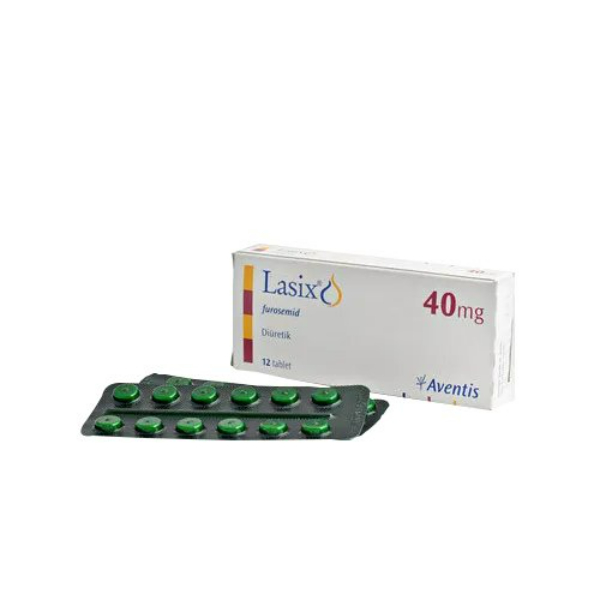
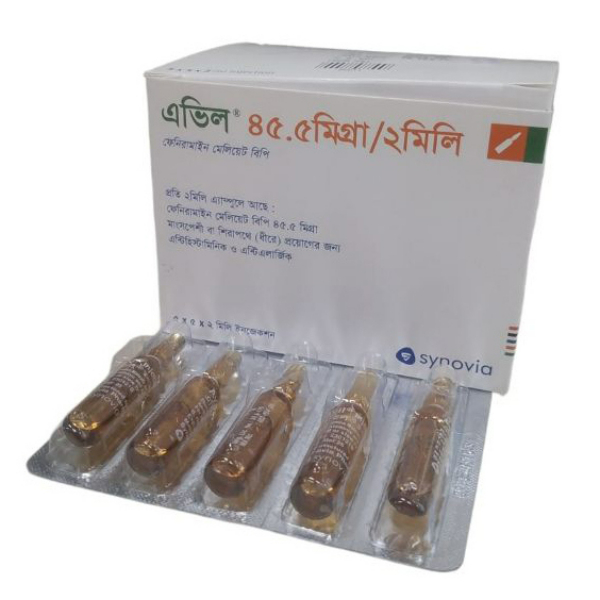
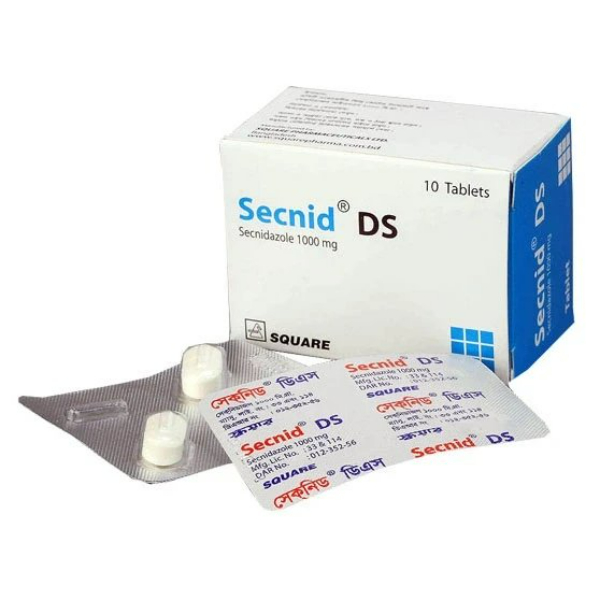
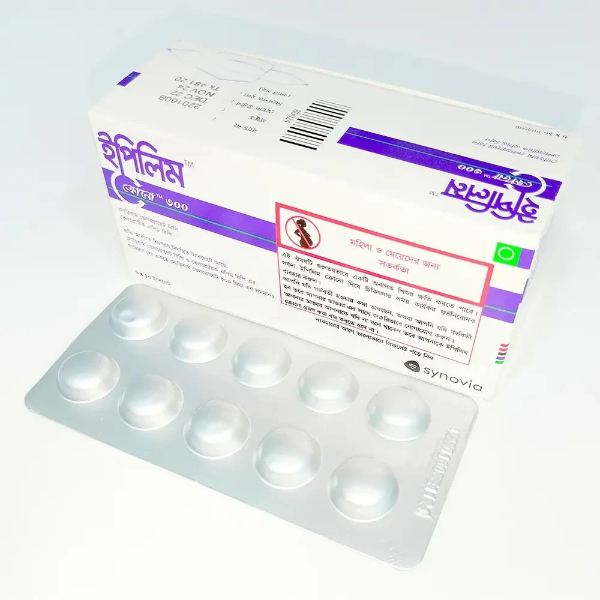


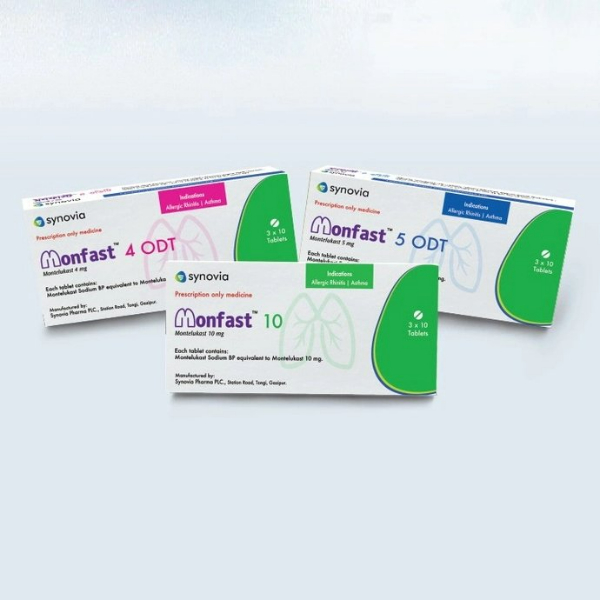
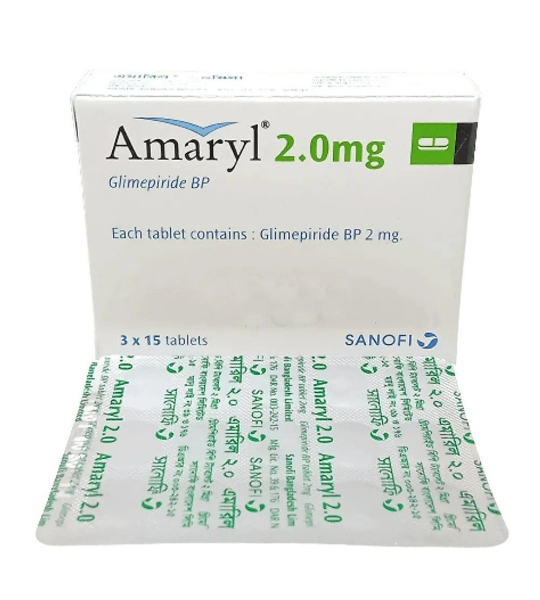


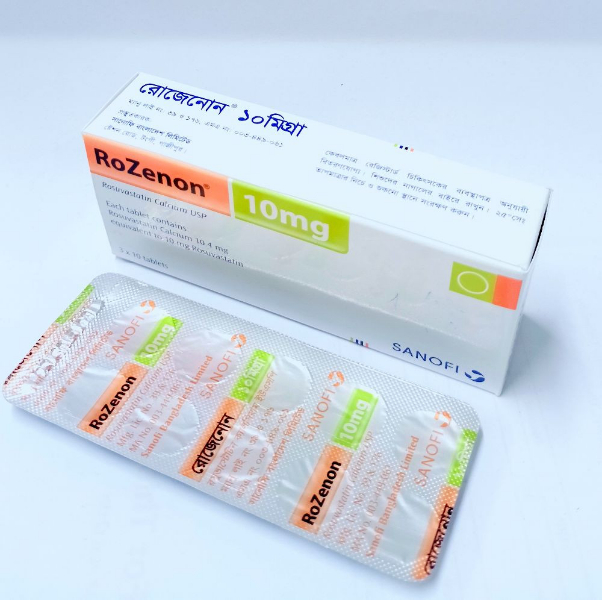

.jpg)


